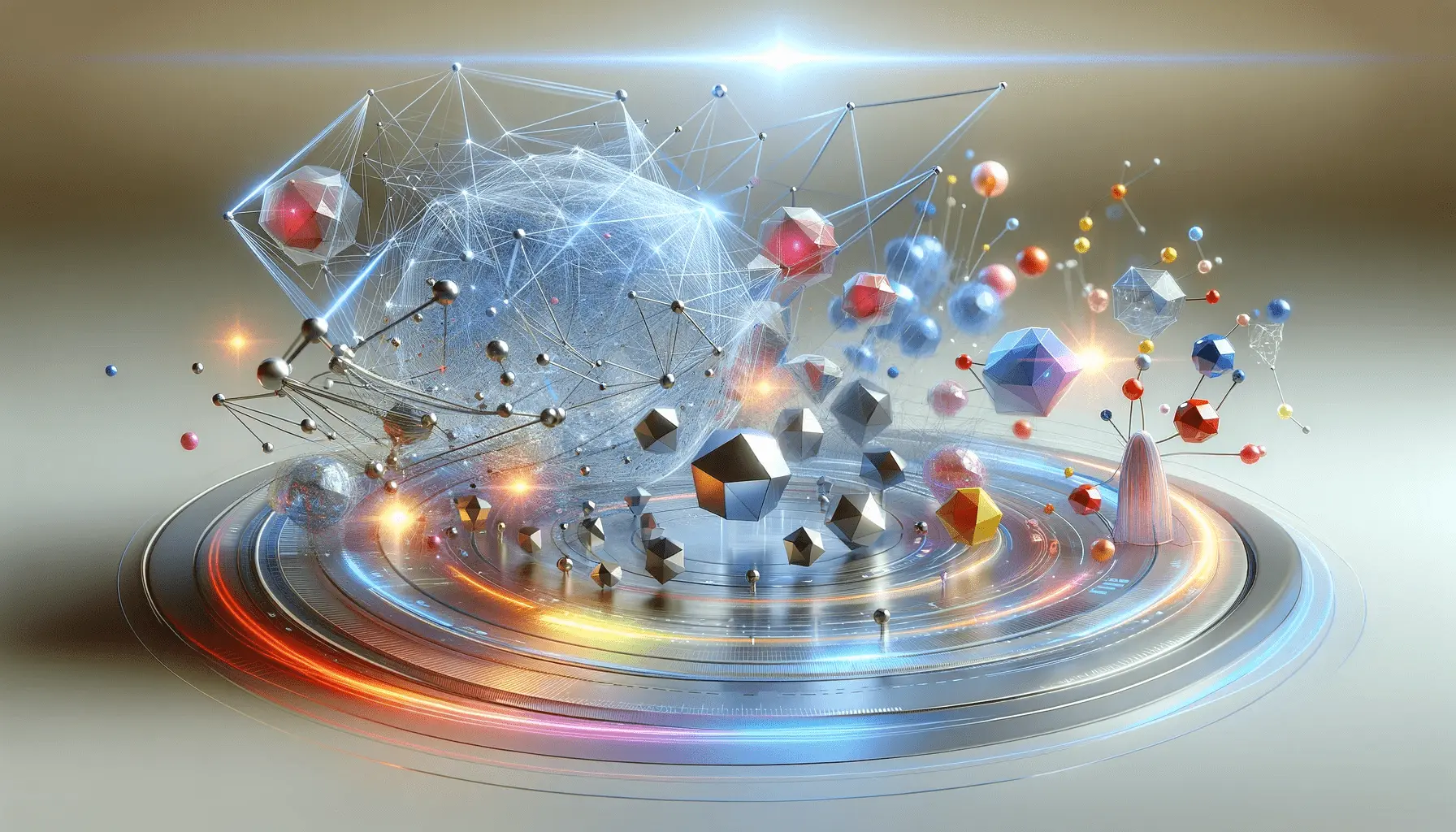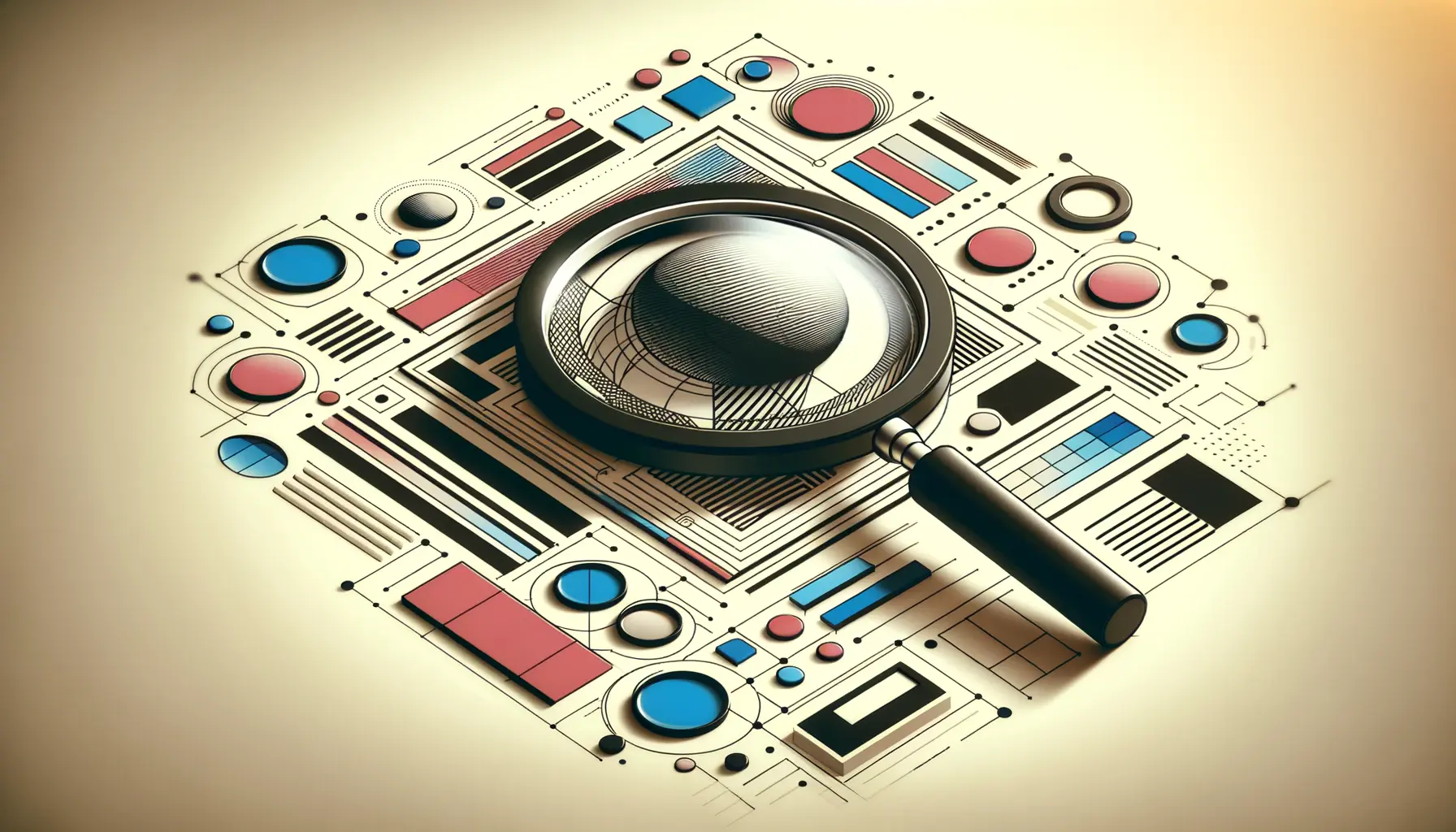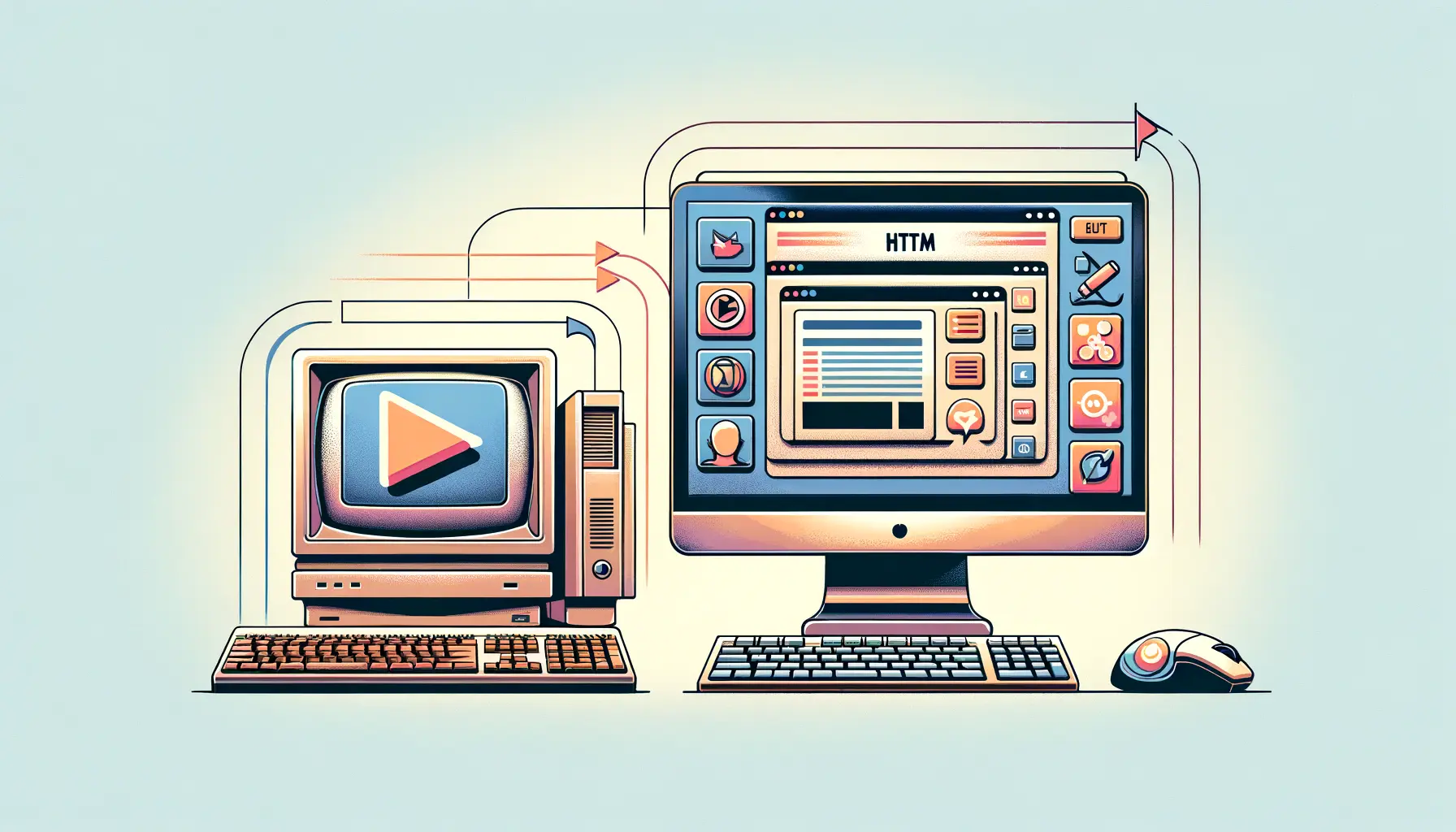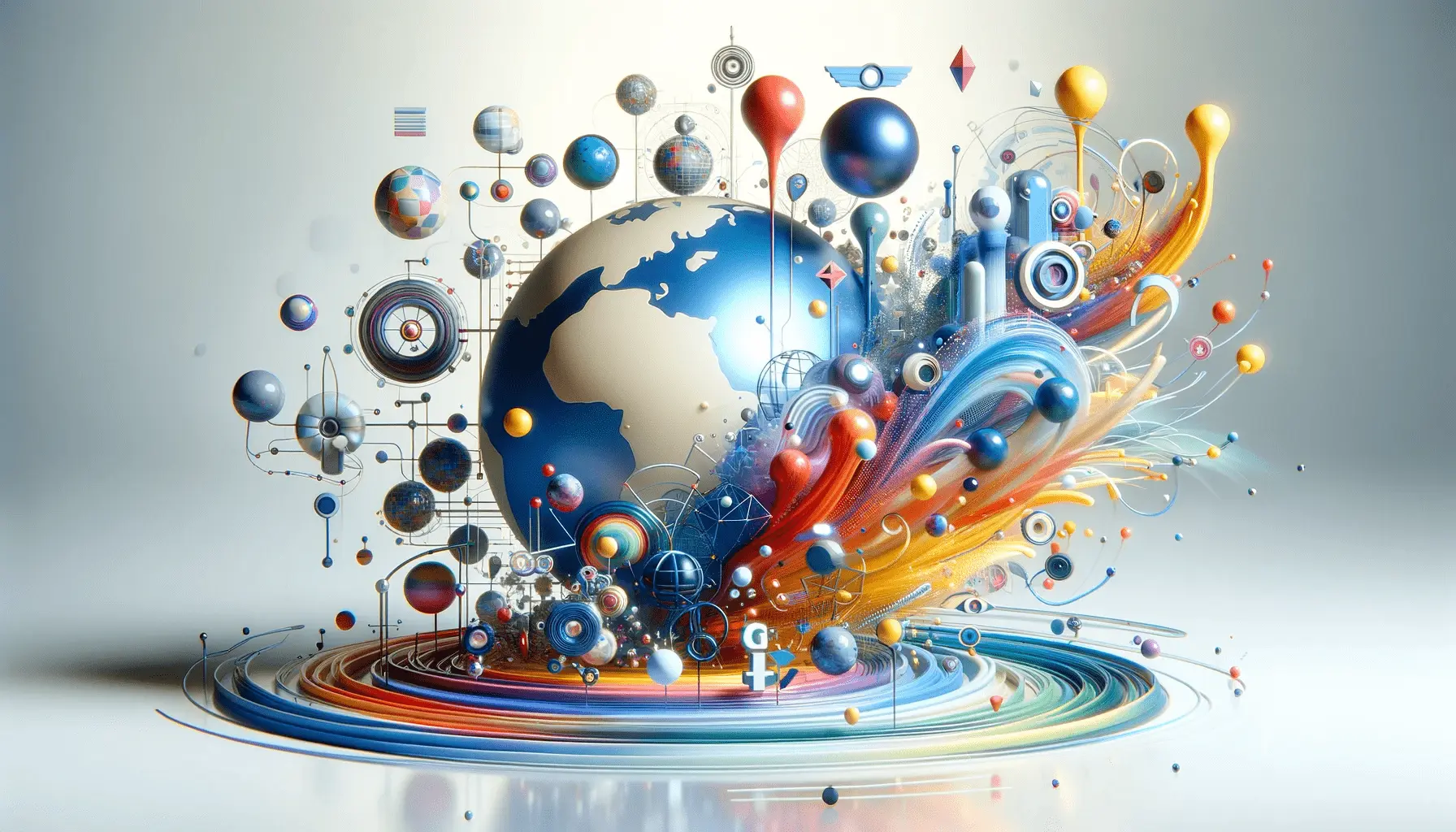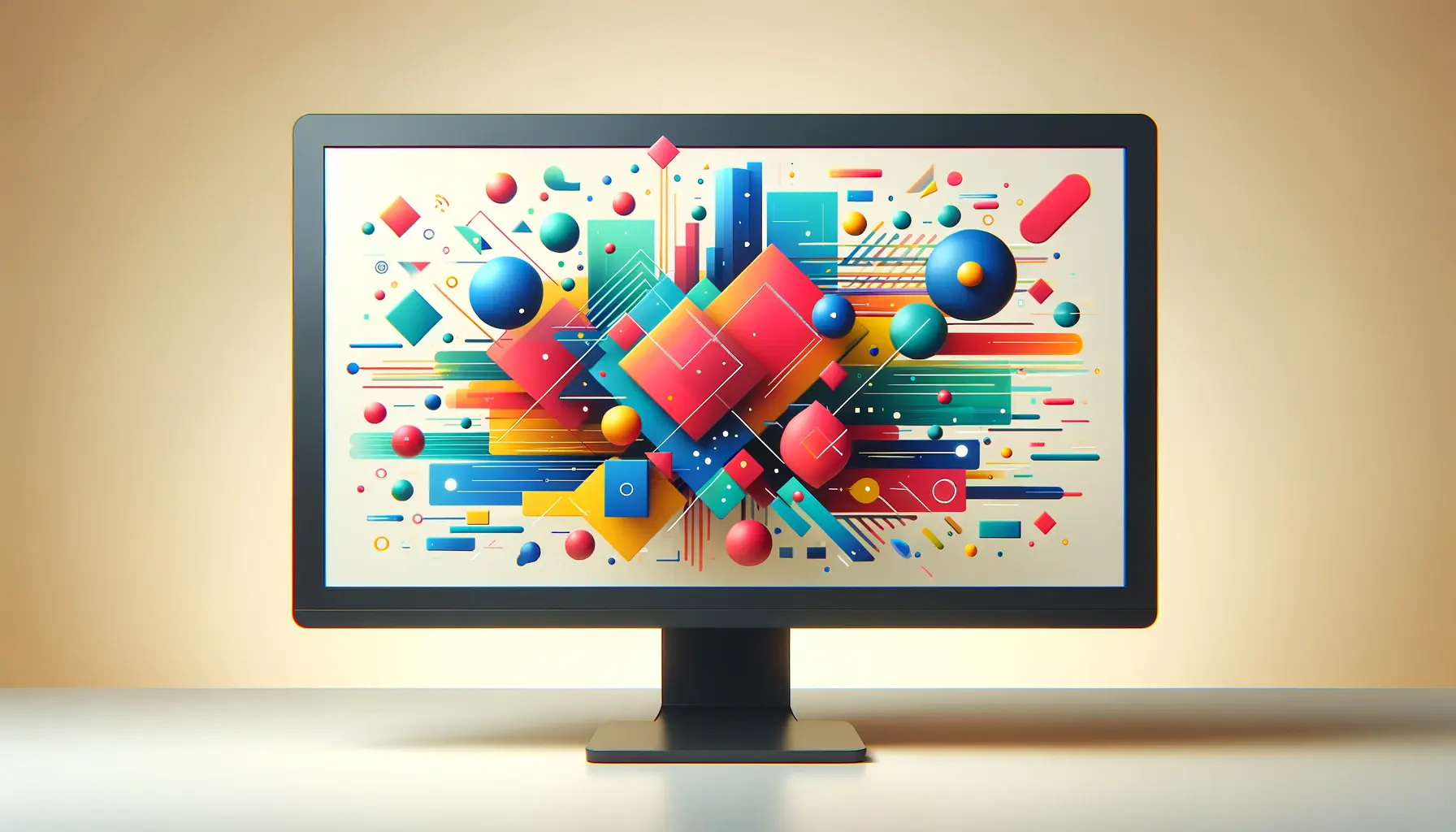Have you ever visited a site that seemed to come alive—where every click, hover, or scroll responded with a smooth motion or visual transition?
That’s the magic of interactions and animations.
In today’s fast-paced internet age, static web pages do not cut it anymore.
If you want to engage your users, guide them through your content, and leave a lasting impression, you need to go beyond basic design.
You need to think dynamically.
This article dives into the impact interactions and animations are having on web design today, and how you can use them to create immersive digital experiences your visitors will love.
- The Role of Interactions and Animations in Web Design
- Key Web Interaction and Animation Types
- Best Practices to Implement Web Animations
- Popular Libraries and Tools for Web Animations
- Next Trends in Interactions and Animations
- Mastering Interactions and Animations for the Modern Web
- Frequently Asked Questions on Interactions and Animations
The Role of Interactions and Animations in Web Design
When we talk about interactions and animations in web design, we’re actually talking about the core of user interaction.
They’re the small (and sometimes bold) motions that create a site that feels natural, responsive, and modern.
They’re not only for aesthetics but also for usability.
Whether they’re directing individuals, providing feedback, or simplifying tasks, these approaches are now an integral part of modern web development.
Why Interactions and Animations are Important in UX
Think of the last time a button changed color on hover.
Or the way a form shook slightly when you missed filling in a field.
They’re small things, but they create the sense of interactivity and liveliness.
That’s what good UX is all about—making users feel like they’re going through the experience with you.
- Interactions and animations provide immediate feedback, confirming user actions.
- They remove doubt by showing what’s happening behind the scenes.
- They make the site feel quicker and more reactive.
- They result in an enhanced and more enjoyable user experience.
The Psychology Behind Motion in Interfaces
Motion is seen.
That’s the way humans are.
Our eyes automatically track movement, which is why interactions and animations are such powerful tools.
They can give content precedence, highlight actions, and even evoke emotions.
Animations and interactions behave predictably when well-designed.
When animations move based on the rules of the physical world—like easing in and out or responding to gravity—they feel more natural to users and easier to use.
How Animations Guide User Attention
Have you ever seen how a soft fade-in can get your attention on fresh content?
Or how an arrow bounce gets you to scroll down?
Animations and interactions are really good at pointing attention without screaming for it.
In web design, applying motion strategically makes people aware of where to go next.
It is like having an invisible tour guide built into the interface.
- They signal page or section transitions.
- They create distinctive features like CTAs.
- They reduce cognitive load by offering visual continuity.
Impact on User Engagement and Retention
Engagement is the essence of any digital experience.
The more engaging your site is, the longer users stay.
Interactions and animations stimulate users’ interests, prompting exploration and interaction.
Pages with thoughtful interactions and animations have lower bounce rates and higher conversion rates.
Why?
Because users are more invested in the experience.
It’s not about being beautiful—it’s about being nice to use.
Ask yourself: Would you rather scroll through a dull static page, or one that responds smoothly to every touch?
Next up, we’ll delve deeper into the specific types of interactions and animations that are building the most engaging sites today.
Ready to add some motion magic to your design?
Interactions and animations are not just visual flair—they play a vital role in guiding users, providing feedback, and improving overall usability.
Key Web Interaction and Animation Types
Realize how valuable interactions and animations are, and now let’s observe the different types that you can use on your website.
These are not just design trends—they’re considered features that enhance your site’s usability, boost interaction, and keep your audience on course.
Used properly, they guide your user through your site naturally and make your content appear more dynamic and lively.
Microinteractions for Better Usability
Microinteractions are those little moments where a user does something particular.
You might not always notice them, but they’re working behind the scenes to improve your experience.
Think about flipping a switch, liking something, or getting a success checkmark after completing a form.
These little interactions and animations make your site feel more responsive and human.
- Provide feedback after a user action
- Inform system state (e.g., loading or saving)
- Enhance control via feedback
They also reduce the learning curve, allowing users to naturally know what’s occurring and what to expect next.
Hover Effects and Click Animations
Hover effects are among the most prevalent interactions and animations used in web design.
When a user hovers their mouse over an element—a button or image, for example—animations give visual feedback.
This subtle kind of interaction encourages clicks and produces responsiveness.
- Color-changing or size-changing buttons on hover
- Zooming or overlay-revealing images
- Smoothly expanding or animating navigation menus
Click animations, on the other hand, confirm user actions.
A ripple effect when a button is clicked, for example, reinforces the feeling of interactivity.
Scrolling Animations and Parallax Effects
When you scroll down a page, animations and interactions can be triggered to reveal content in a fluid and engaging way.
These kinds of interactions and animations are especially useful on long-form pages where you would want to maintain attention and create a narrative flow.
Parallax scrolling—background objects moving slower than front-layer objects—is adding depth and visual appeal.
This provides an immersive feel and makes your content seem more interactive.
- Fade-ins and slide-ins when users scroll
- Animated dividers and separators in sections
- Shifting backgrounds for a 3D feel
Loading Animations and Skeleton Screens
No one wants to wait.
But if your page loads slowly, why not give the illusion of it being shorter?
Interactions and animations like spinners, progress bars, or skeleton screens can help manage user expectations.
Skeleton screens—empty placeholders looking like the content that’s being loaded—are a considerate way to say something is coming.
They reduce frustration by allowing users to experience speed and motion even when content is still loading.
- Loading bars that show page progress
- Looping animations to show ongoing processes
- Smooth transitions to reveal content without jarring
All these types of animations and interactions have a purpose.
It’s about finding the correct balance to add interactivity to your website without overwhelming the user.
Employed wisely, interactions and animations can make your design better and alter the way people interact with your content.
From microinteractionsSmall, single-purpose animations or design elements that respond to user actions and enhance usability. to scrolling effects, each animation type adds depth and meaning to your web experience when used intentionally.
Best Practices to Implement Web Animations
With the knowledge of the different animation and interaction types, it’s time to explore the best way to implement them.
It’s so easy to get carried away with motion effects, but the main strength of interactions and animations lies in balance, intention, and performance.
Used properly, animations and interactions can deliver intuitive, smooth, and engaging user experiences.
Done badly, they’ll slow down your site, confuse users, and be distracting.
Let’s discuss the rules for using interactions and animations in web design.
Keeping Animations Subtle and Purposeful
Not everything on your page needs to move.
Good interactions and animations exist for a purpose.
If it’s guiding attention, indicating an action was performed, or showing status, your animations should always add to the user experience—not detract from it.
- Utilize motion to guide users through tasks or transitions
- Make timing brief—typically less than 500 milliseconds
- Refrain from exaggerated or flashy animations that are gimmicky
Animations and interactions need to become an organic part of the interface.
Consider them as polish added to enhance usability, rather than decorations purely for the sake of beauty.
Maintaining Performance and Load Times
Performance is important.
Clunky, poorly optimized interactions and animations can add to load times and cause lag, particularly on mobile platforms.
The secret is to make your animations light and hardware-accelerated.
- Use CSS animation and transitions in place of JavaScript wherever possible
- Reduce reliance on large uncompressed image or video files
- Test animation smoothness on all devices and browsers
It is more important for a site to be well-performing than for a site to be over-animated.
Ensure that your interactions and animations contribute to performance rather than detract from it.
Accessibility Considerations in Motion Design
Perhaps one of the least developed aspects of animations and interactions is accessibility.
While animations make the user interface more engaging and appealing, they can also create hurdles for users who have motion sensitivity or cognitive disorders.
- Adapt to user choices by checking
prefers-reduced-motionmedia query - Avoid jarring motion that causes disorientation
- Provide alternative feedback types like color variations or sound
Designing an inclusive experience involves making sure that everyone can easily get around your site, regardless of whether or not they like motion-based elements.
Using CSS vs JavaScript for Animations
Choosing the right tool for your interactions and animations is crucial.
CSS is ideal for simple transitions and animations like hover states, fades, and scaling.
It’s fast, hardware-accelerated, and low-maintenance.
JavaScript is better suited for sophisticated or interactive chains like dragging, chaining animations, or dynamic states.
- Use CSS for performance and simplicity
- Use JavaScript for dynamic, data-driven, or highly interactive animations
- Combine them both when needed, but never be redundant
Understanding when and where to apply each will keep your code clean, fast, and easy to work with.
Maintaining Consistency Across Devices
Responsive design doesn’t stop at layout—it also bleeds into interactions and animations.
Animations need to feel consistent and performant on all screen sizes and devices.
- Test on desktop, tablet, and phone
- Scale animation speed or style for small screens
- Ensure gestures like swipes and taps get the proper feedback
Consistency is the key to trust.
Regardless of whether your users sit in front of a desktop monitor or use their smartphone, their experience with your interactions and animations should be smooth, intentional, and consistent.
By following these best practices, you’ll be able to make your interactions and animations do more than just look good—they’ll enhance usability, speed, and accessibility, ultimately offering a better experience for everyone who visits.
Using animations purposefully while considering performance, accessibility, and consistency ensures they enhance rather than hinder the user experience.
Popular Libraries and Tools for Web Animations
To bring your animations and interactions to life, you need the right tools.
Fortunately, web development today is filled with libraries and frameworks that enable you to create everything from simple transitions to sophisticated animated interfaces.
With either vanilla code or a JavaScript framework like React, these tools streamline the process of animation for improved efficiency, scalability, and performance.
Let’s consider some of the best tools being used by designers and developers today.
Applying GSAP to Advanced Animations
GSAP (GreenSock Animation Platform) is a potent JavaScript library designed from the ground up for high-performance animation.
It’s highly regarded throughout the industry for its speed, versatility, and accuracy.
From animating DOM objects, SVGs, or canvas graphics, GSAPShort for GreenSock Animation Platform, a high-performance JavaScript library for building complex animations. provides fine-grained control over timing, sequence, and easing.
- Works with timeline-based sequences of animations
- Suitable for scroll-based and chained animations
- Works with most modern browsers and frameworks
GSAP is ideal for building high-complexity animations and interactions with no performance loss.
Framer Motion for React Developers
The most popular animation library among React developers is Framer MotionA popular animation library specifically designed for React applications, used to create fluid, interactive animations..
It’s declarative, straightforward, and tightly coupled with React.
Framer Motion simplifies animating components, manages gestures smoothly, and allows shared layout construction—all in clean, readable code.
- Native support for transitions, keyframes, and layout animations
- Great for interactive UIs and microinteractions
- Has support for hover, tap, and drag gestures
If your site relies on React, Framer Motion is one of the best ways of achieving smooth, modern interactions and animations.
CSS Animation and Transition Techniques
Sometimes less is more.
CSS is still one of the best ways to handle simple interactions and animations.
With CSS keyframes and transitions, you can create smooth hover effects, fades, scaling, and more—without JavaScript.
- Quick to load and light
- Simple to write and maintain
- Perfect for hover, focus, and active states
CSS animations are especially useful for small interactions and animations and enhancing UI components without adding too much overhead.
Three.js for 3D Interactions
Need to add rich, 3D effects to your web pages?
Three.js is a popular JavaScript library that enables you to build interactive 3D experiences in the browser itself using WebGLA JavaScript API for rendering interactive 2D and 3D graphics within any compatible web browser without the use of plug-ins..
It’s ideal for rich visual storytelling and data visualizations that jump out.
- Create 3D scenes, objects, and animations
- Supports lighting, shadows, texture, and camera control
- Highly customizable for artistic and experimental use
Three.js is a grand asset when you wish to take your interactions and animations into the third dimension.
Combining High-Performance Graphics with Lottie for Lightweight Motion
Lottie revolutionizes the adoption of animations that are designed with Adobe After Effects.
With features to export the animations as a JSON file in BodymovinA plugin for Adobe After Effects that exports animations as JSON files to be used with Lottie., LottieAn animation library that renders animations exported as JSON from Adobe After Effects via the Bodymovin plugin. makes it easier for developers to harness complex animations and interactions with minimal sizes and perfect vector quality.
- Ideal for onboarding animations, icons, and explanatory graphics
- Smoothly scales on all screen sizes and resolutions
- Cross-platform adoption for the web and mobile
Lottie is a great option to use high-quality, lightweight animations and interactions within your projects without any compromise on performance.
The optimal animation tool for your project relies on the goal of your project, target platforms, and design complexity.
All these tools provide something unique so that you can create interactive, high-performance animations and interactions to make your web design stand out.
Choosing the right tool—whether it’s GSAP for power or CSS for simplicity—can streamline your workflow and create more effective animations.
Next Trends in Interactions and Animations
Web design never stops evolving—and neither do interactions and animations.
As technology advances and user expectations rise, designers and developers are embracing new tools and techniques to create immersive, personalized, and intelligent experiences.
In this section, we’ll look ahead at some of the most promising trends shaping the future of animated and interactive web experiences.
Staying ahead of these trends can help keep your designs modern, accessible, and engaging.
AI-Driven Personalization of Interactions
Artificial intelligence is being involved more and more in web design, and it’s beginning to impact interactions and animations too.
AI can analyze user behavior in real time and adapt animations based on context, preference, and engagement habits.
Take a homepage animation that varies based on the time of day or user location—or microinteractions that adapt based on how users typically interact with your site.
- Personalized transitions and animations for returning visitors
- Sentiment-aware animations that respond to user behavior
- Emotion-driven UI reactions based on sentiment analysis
These responsive interactions and animations enhance the experience to make it more interesting and memorable for users.
Augmented Reality and Motion Interfaces
With the arrival of AR-enabled browsers and hardware, augmented reality is poised to become a new frontier for interactions and animations.
AR has the ability to overlay 3D visuals and data into the real world, building interactive experiences far beyond the screen.
- WebAR experiences powered by libraries like 8thWall and ZapWorks
- Interactive product demonstrations and virtual try-ons
- Spatial animations that guide users through AR interfaces
AR-powered motion design unlocks endless possibilities for brands to engage users in new and compelling ways.
Gesture-Based Web Navigation
Gesture controls, once limited to mobile apps, are now making their way into web development.
Using touch devices, motion sensors, and even webcams following the face, users can browse websites with natural gestures—swipes, pinches, tilts, and more.
- Swipe-based carousels and menus
- Drag-and-drop interfaces with instant feedback
- Hands-free navigation using gesture recognition
Natural interactions and animations bring the web to life, especially when accessed on the move on touch-screen laptops and mobile devices.
Synergy Between Voice and Haptic Feedback
As people increasingly expect richer and more responsive digital interactions, multimodal interaction is becoming mainstream.
By combining voice commands with animation and even with haptic feedback, designers can create interfaces that “feel” more solid and usable.
- Voice-controlled animation in smart web applications
- Soft vibration or audio cues in combination with visual cues
- Improving accessibility through sound navigation
The use of voice along with tactile response adds a new dimension of interactions and animations, especially for users with diverse needs or limited mobility.
Progressive Enhancement Through Animation
Progressive enhancement is about designing for the largest possible audience and devices—starting with a solid, functional foundation and then sprinkling on elegant niceties like interactions and animations as an added layer.
It ensures both accessibility and performance without sacrificing creativity.
- Fallback styles for users who turn off animations
- Graceful degradation in older browsers
- Feature detection for device functionality
By employing animations and interactions as enhancements and not requirements, designers are able to create accessible experiences that work for all—regardless of technical limitations or personal preferences.
With these trends continuing to develop further, interactions and animations will become more engaging, intelligent, and accessible.
Staying current and investigating new ways will help you stay ahead of the curve and create websites that actually engage humans.
Emerging trends like AI-driven personalization, gesture-based navigation, and WebAR are reshaping how users interact with web content.
Mastering Interactions and Animations for the Modern Web
Why Interactions and Animations Matter More Than Ever
As online experiences become more immersive and user expectations evolve, interactions and animations have emerged as fundamental building blocks of modern web design.
They’re not just visual treats; they’re powerful tools that drive the manner in which users interact, comprehend, and respond to your website.
From enhancing usability to applying brand identity, these interactive elements play a pivotal role in shaping intuitive, interactive digital interfaces.
The Key Takeaways for Effective Implementation
In this article, we talked about how animations and interactions can be implemented effectively in web projects.
When applied effectively, they enhance the user experience without sacrificing performance or accessibility.
These are the key takeaways to remember:
- Apply animations deliberately to guide attention and create smooth transitions.
- Keep performance in mind by choosing the most suitable tools and optimizing motion effects.
- Design with accessibility in mind—consider users who like less motion.
- Choose the right tool, such as GSAP, Framer Motion, CSS, Three.js, or Lottie, based on your project’s needs.
- Do it consistently on all devices to provide a consistent user experience.
Looking Ahead: Preparing for Future Trends
The future of animation and interaction is bright, driven by technology in AI, AR, gesture recognition, voice interfaces, and progressive enhancement.
These trends bring forth more personal, immersive, and accessible web experiences that are responsive to the behavior and context of every user.
To remain competitive and current, developers and designers need to embrace these changes, test new technologies, and continually keep the user’s needs and wants at the forefront.
By doing so, you’ll ensure that the interactions and animations you produce aren’t merely showy—they’re purposeful and effective.
Final Thoughts: Animating with Purpose
Ultimately, winning at interactions and animations is about achieving that balance between creativity and usability.
It’s knowing when to wow and when to keep quiet, knowing what your users are looking for, and delivering it in a way that’s smooth and interactive.
Keep in mind, as you implement these strategies and tactics, that the best animations are the ones that feel invisible—enhancing the experience without overpowering it.
Take what you’ve learned, start small, test often, and keep refining.
With the right mindset and tools, your next web project can become a memorable, interactive journey that truly connects with your audience.
Mastery in interactions and animations comes from understanding their role, applying them thoughtfully, and staying aligned with future trends.
Quality web design is key for a great website! Check out our service page to partner with an expert web design agency.
Frequently Asked Questions on Interactions and Animations
Below are answers to some of the most frequently asked questions to comprehend better how to use interactions and animations in web design.
They are visual and functional effects that guide users, provide feedback, and enhance usability by responding to user actions like clicks, scrolls, or hovers in an interactive and dynamic way.
Animations and interactions improve UX by rendering the interface responsive and intuitive.
They assist in guiding attention, reducing navigation friction, and delivering a smoother and more enjoyable browsing experience for users.
GSAP for sophisticated motion, Framer Motion for React, CSS for subtle effects, Lottie for minimal animation, and Three.jsA JavaScript library that enables the creation of 3D content in web browsers using WebGL. for 3D interactive experiences are popular options.
Yes, unless they are optimized.
Poorly implemented interactions and animations can affect load times.
Hardware-accelerated CSS and minimizing heavy assets can be employed to make it fast on all devices.
They are if developed while keeping accessibility in mind.
Respecting reduced motion settings and providing alternative cues like sound or color makes interactions and animations accessible for sensitive users.
CSS is ideal for simple transitions and hover effects.
JavaScript is ideal for intricate, interactive animations where control over time, order, or user input exists.
Test animations and interactions across various devices, implement responsive design, and slow down speeds or change styles on smaller screens to deliver the same and smooth user experience everywhere.
Microinteractions are small, purposeful animations and interactions tied to user actions.
They offer feedback, guide behavior, and add personality to interfaces without cluttering the overall experience.
Yes.
Minimalist and deliberate interactions and animations enhance minimalist designs by guiding users and creating smooth transitions while maintaining a simple and clean appearance.
